Home >Technology peripherals >AI >Earthquake in Google's top brass! DeepMind refuses to share code with Google Brain, former employees reveal insider information
Earthquake in Google's top brass! DeepMind refuses to share code with Google Brain, former employees reveal insider information
- WBOYWBOYWBOYWBOYWBOYWBOYWBOYWBOYWBOYWBOYWBOYWBOYWBforward
- 2023-04-29 08:40:061182browse
If you could sum up Google's current situation in eight words, it would be - dire straits, internal and external troubles.
In November last year, Microsoft and OpenAI jointly launched ChatGPT, which was a fatal blow to Google and almost knocked Google off the throne of the search business. Also under threat is the annual advertising revenue of over 150 billion US dollars.
This crisis has fully exposed the various problems that have arisen at Google under the leadership of CEO Sundar Pichai.
Recently, the foreign media The Information dug up perhaps one of the most critical reasons - Pichai's CEO title is, in many cases, just a title.
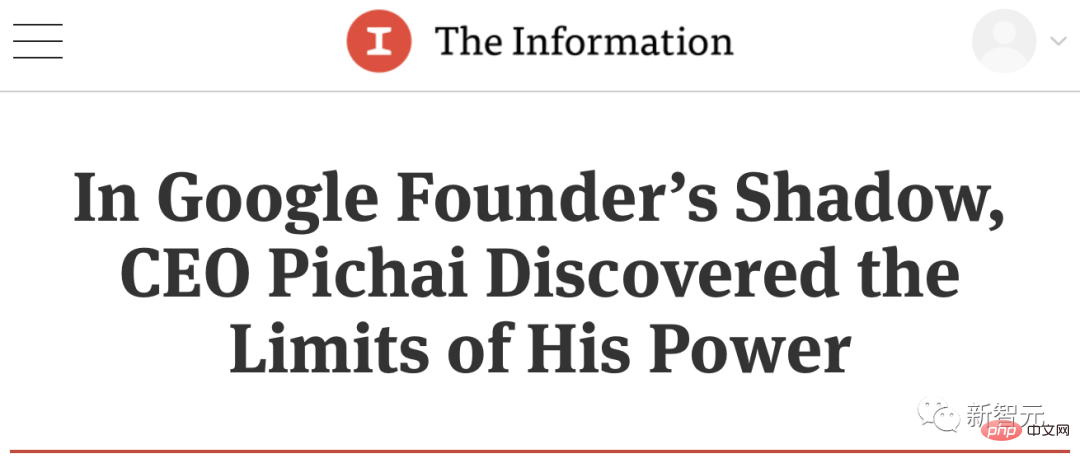
Chopping firewood, CEO living in the shadows
Originally, advertisers cut back last fall Expenditure has brought Google's business to a standstill. The impact of ChatGPT is simply adding insult to injury.
The voice of "cutting firewood and leaving get out of class" has been heard endlessly in recent months.
Criticism focused on his failed management, such as his preference for incremental product improvements rather than disruptive changes; his concern for the expansion of employee numbers, lazy corporate culture, and low organizational efficiency high tolerance.
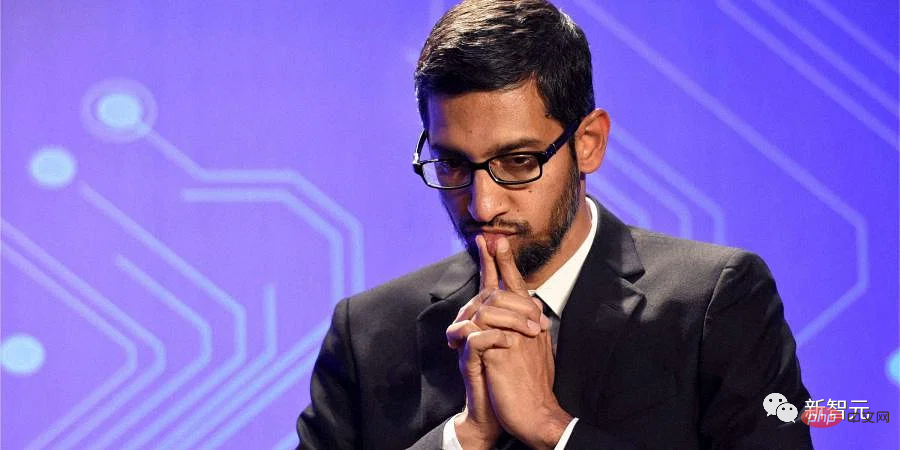
#But many times, you can’t help yourself when chopping firewood.
In 2019, Pichai took over the heavy responsibility and became the CEO of Alphabet, Google’s parent company.
Since then, he has confessed to his colleagues many times how difficult it is to manage a huge enterprise. Internal power struggles, regulators and rebellious employees all weighed on him.

Pi Chai's men had already had clues that they were disobedient.
On the one hand, because Google has a corporate culture similar to that of an academic institution or a government agency, in this culture, tenured employees may not necessarily obey orders from their superiors.
On the other hand, Pichai doesn't like conflict. He doesn't seem to force the team to implement his ideas, but this has also led to many senior executives not obeying his instructions.
For example, Pichai sometimes struggled to get DeepMind CEO Demis Hassabis to prioritize certain projects or share his code with Google Brain.
(Knowing that Google is not open source, but I didn’t expect that it is not open source internally either...)
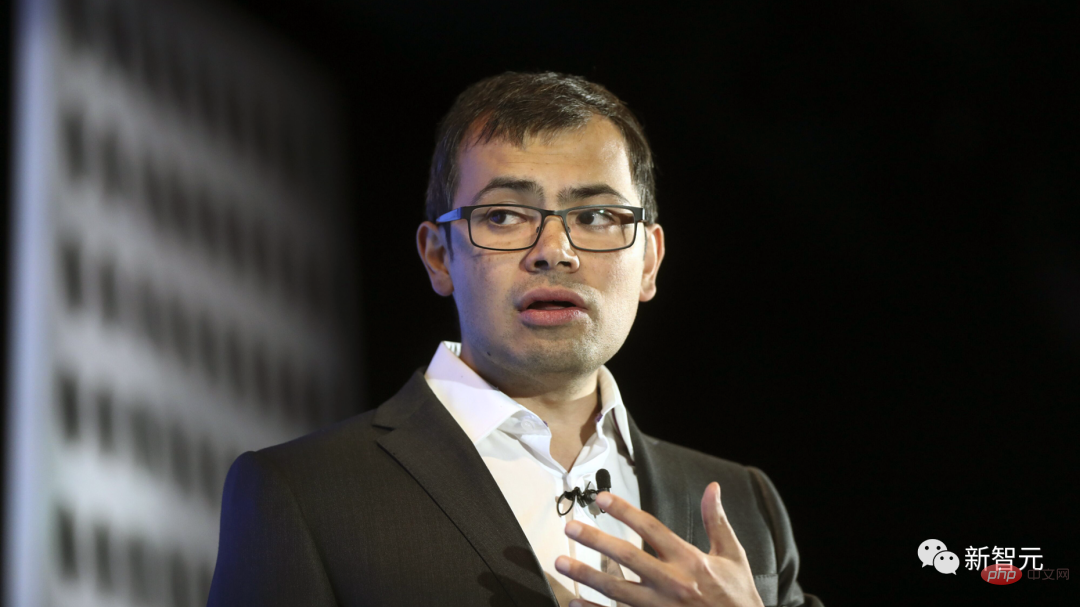
The merger of Google Brain and DeepMind is not simple.
Last week, Alphabet suddenly announced the news of the merger of DeepMind and Google Brain, which shocked the entire industry.
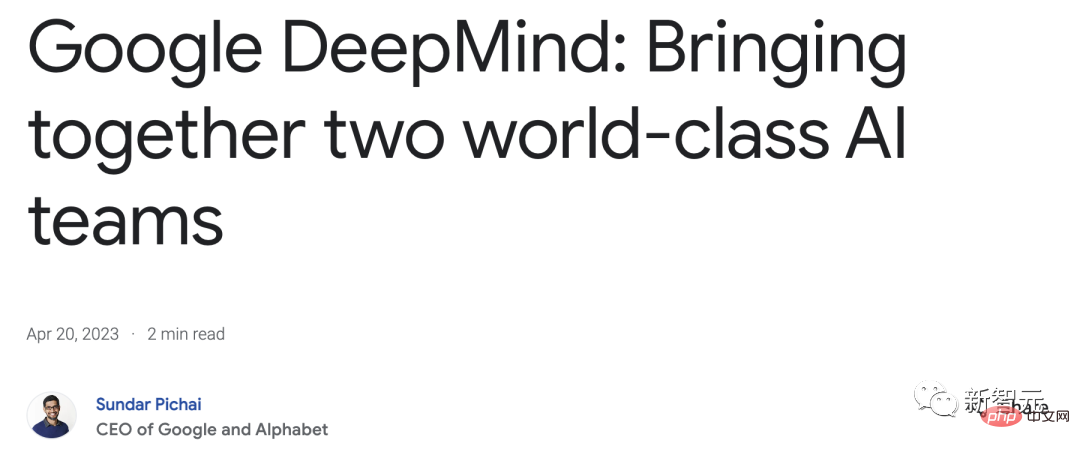
Alphabet means that after the two merge into Google DeepMind, progress in the field of AI will be greatly accelerated.
From a certain perspective, this decision of the parent company is very reasonable. Because many of the software developed in parallel by DeepMind and Google Brain are the same.
But for Google employees, this news is quite shocking.
Google Brain and DeepMind have long been accustomed to doing their own things. Google Brain is owned by Jeff Dean, and DeepMind is owned by Demis Hassabis.
After the merger, DeepMind CEO Hassabis became the CEO of the new department Google DeepMind, and Jeff Dean became the chief scientist of the new department Google DeepMind and Google Research.

Demis Hassabis, whose power has been greatly enhanced, shows a strong sense of AGI mission and hunger for success. Thirst
#Even after the merger, the two bosses reported to Pichai Dual Line respectively, and were not subordinate to each other or interfered with each other.
But in the eyes of some people, it is actually equivalent to Jeff Dean, the head of Google Brain and Google’s great hero, giving up his position to DeepMind’s Hassabis.
Moreover, since each team has its own culture, conflicts between the top-down DeepMind and the bottom-up Google Brain are likely to occur at work.
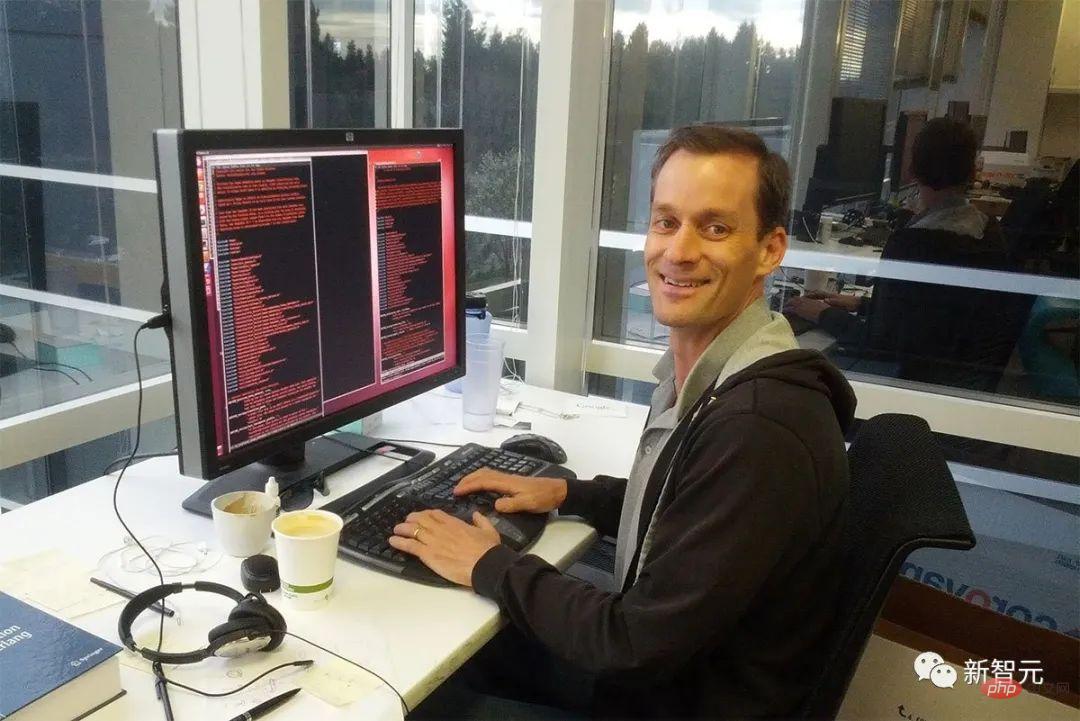
The new "retreat" title allows Jeff Dean, a technical guru who doesn't like to be a manager, to Focus more on technology
In this regard, a former Google Brain researcher believes that since then, a large number of projects may have been canceled or merged, and personnel have also changed. There will be large-scale adjustments and resignations.
Even, this may also indicate that Google will undergo a larger-scale restructuring.
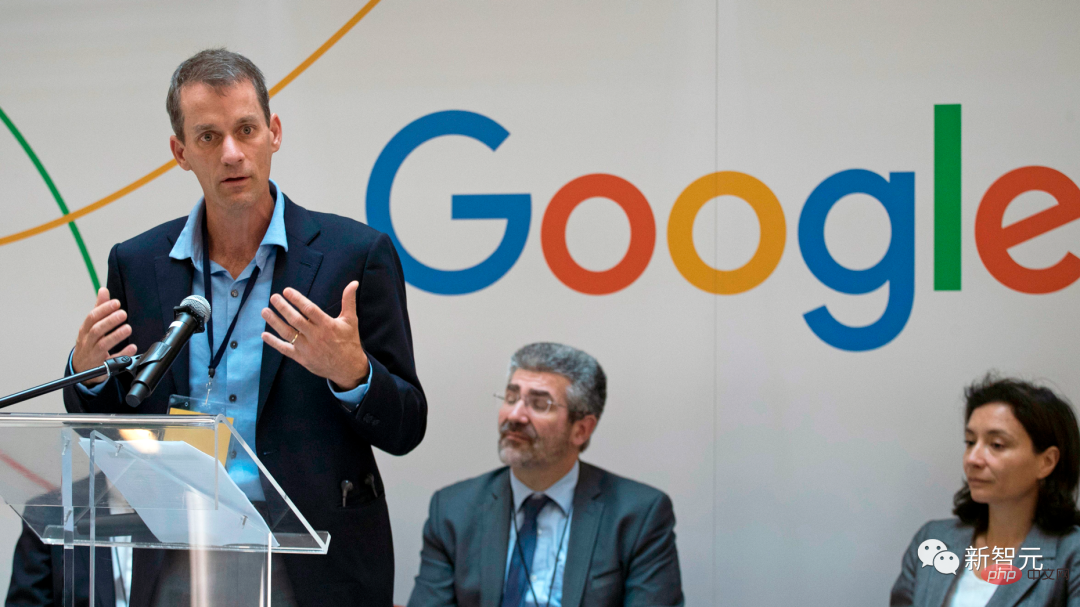
Nadella smiled
However, compared with Pi Chai, who is struggling to lead the big ship of Alphabet, Microsoft CEO Satya Nadella seems to be quite successful, and can be said to be like a fish in water.
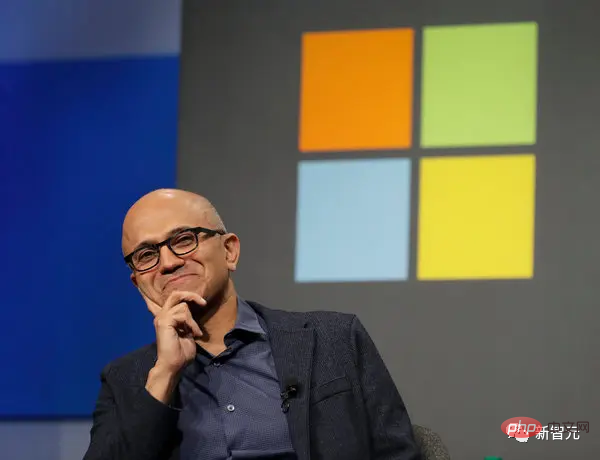
By forging a multi-billion dollar partnership, Nadella ties the future of Microsoft to the future of OpenAI together. The story revealed a big message: Nadella had succeeded in getting his executive team to work together.
On the one hand, Microsoft’s Azure cloud server business provides funding for OpenAI’s growing computing infrastructure and AI development.
On the other hand, in order to integrate OpenAI’s technology into Microsoft’s core products, the company needs to make choices in the allocation of computing power. And this means that some leaders have to make sacrifices on their own projects.
It is not easy to unite so many big guys. I have to say, Nadella has something.
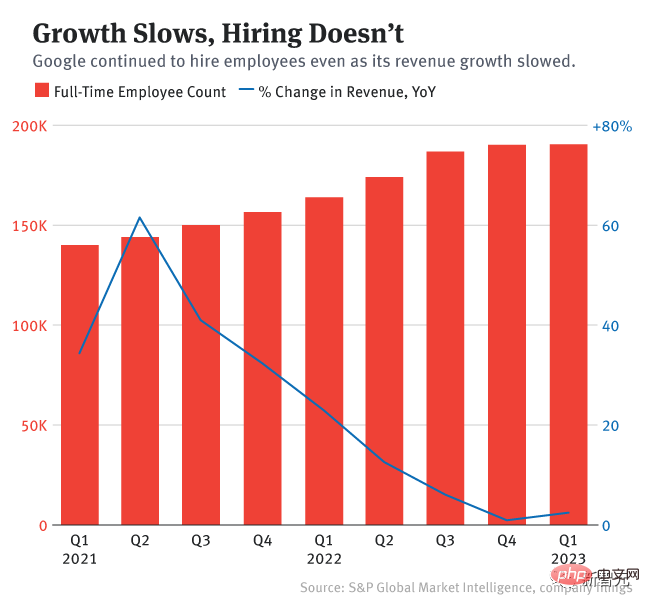
Google Brain employees leave the company and break the news
After the merger of Google Brain and DeepMind fermented, employees who resigned from Google broke the news about "Google Brain".
He revealed all the information that he had not dared to publish about Google Brain before (which had been written in December last year).
Why does Google Brain exist? He gives some in-depth analysis of why Google Brain exists.

In academia, while researchers enjoy academic freedom, they also face financial difficulties.
However, when you come to industry, Google will pay you a lot of money to do machine learning. However, the requirement is that you must work on recommendation systems, ad optimization, search rankings, etc., rather than pure research.
To put it bluntly, it’s not up to you what you do, and the projects you do must produce results.
Of course, in addition to making money, another reason why Google funds open research is to maintain its leading position in the field of machine learning.
For example, Brain gave Google TensorFlow and TPU, which significantly improved translation, JAX and Transformer. What started out as pure research is now generating huge profits.
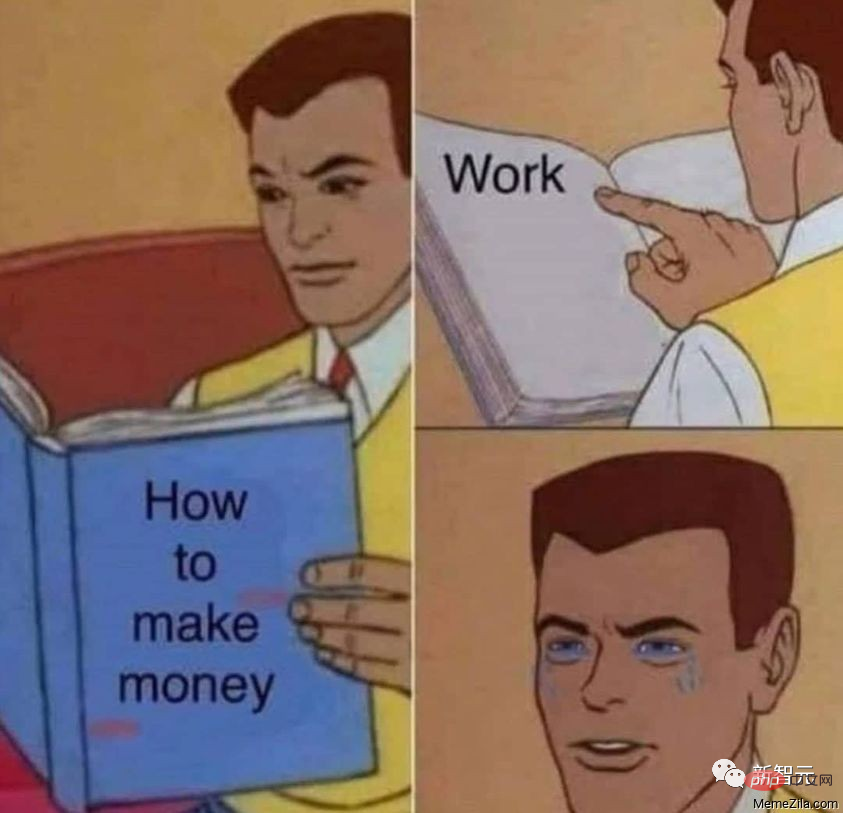
In addition, Google Brain has another unusual feature - a free publishing policy. Brain's publications at top ML conferences often exceed those of major universities.
The main reasons are: 1) prestige; 2) researchers can take their knowledge with them when they resign; a more subtle reason is 3) catalyzing the growth of a field.
The catalyst theory holds that by publishing key research in areas related to Google’s core business, the research direction will move in a direction that is beneficial to Google.
For example, Google has always been interested in NLP. The publication of key research such as seq2seq in 2014 and Transformer in 2017 promoted the development of the entire NLP field.

##Clearly, in peacetime, it makes sense to spend X dollars to expand the entire pie, as long as that piece of the pie The growth can exceed X dollars.
But in wartime mode, competitor share growth is also important. And OpenAI's alliance with Microsoft means there's another giant that can expand the deployment of ML in both the consumer and computing sectors.
As Google begins to enter wartime mode, it is almost certain that this catalyst theory will also gradually die out.
However, Google is still a pioneer in many consumer and commercial products, and it seems to be the same in research in the field of AI.
In fact, if you want to become a winner like OpenAI in the field of machine learning, there will still be a lot of room in the future.
The founder still holds the most powerThere is another reason why Pichai is not convincing enough: Pichai’s former boss, Larry Page, still sits on the boss’s desk on the position.
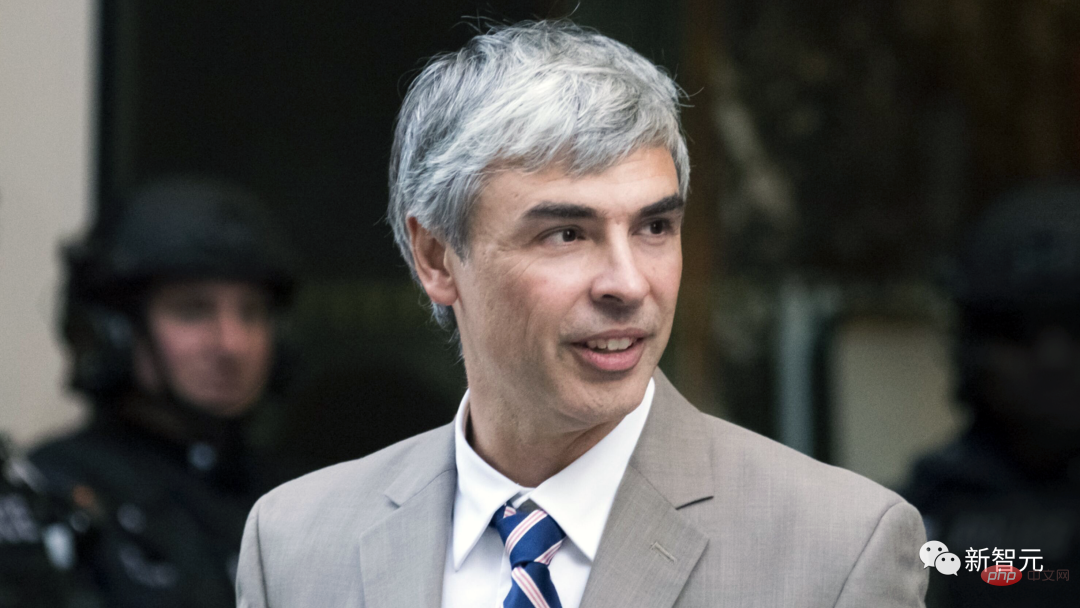
As co-founder of Google, Page remains a board member of Alphabet and works with Together with Sergey Brin, they control the company through special shares.
Insiders revealed that Page has always had little interest in Google's internal affairs, but when Hassabis wanted to remain independent from Google, Page was the first person he found.
In addition, the news of the merger of Google Brain and DeepMind was also released after the Alphabet board of directors meeting.
This timing suggests that the decision to merge may have been made by the board of directors rather than chopping wood.
(The New York Times had previously reported that Page attended an internal meeting.)
Research but not development, OpenAI takes the lead
Google's lagging behind is largely due to the risk aversion of executives.
Many key employees simply chose to leave because they were unable to launch new products.
For example, Noam Shazeer, one of the inventors of the LAMDA chatbot, had previously wanted to install a chatbot in Google Assistant. But this proposal was not approved for a long time, and finally chose to leave.
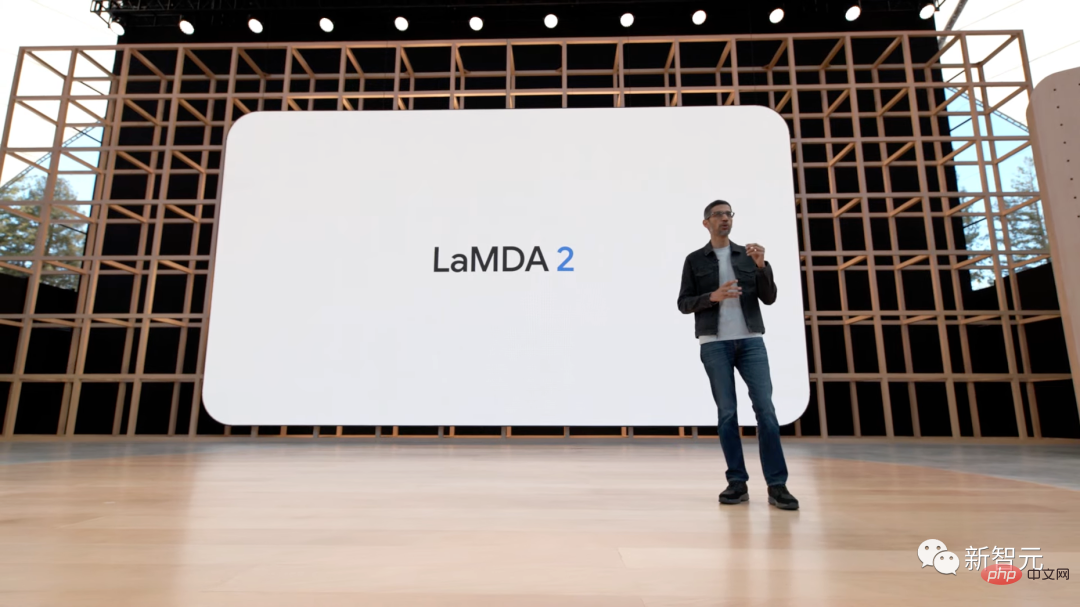
## As early as 2015, Google's image recognition AI labeled black people as "gorillas", which attracted criticism Make Google a frightened bird.
Before OpenAI launched Dall-E 2 and became famous all over the world, Google had a similar model, but it was not released because Google believed that it needed to be responsible for the content generated by AI.
Not only that, for the release of ChatGPT, when OpenAI poached Google's AI researchers and key engineers a few months ago, it solemnly promised: "The technology will not be in vain, and the product will be It will happen."
We all know what happened next.
Google’s futureAt the end of 2022, the threat of ChatGPT became increasingly apparent, and Google began to sound the alarm.
Pichai urgently ordered to integrate AI chatbots into many Google products.
However, this road to chasing Microsoft is not that easy. Querying with an AI chatbot will be more expensive than regular search.
In March, Google released Bard urgently, but limited its functionality and targeted it to fewer users, all to save costs.
Someone broke the news that Google actually chose a relatively weak machine learning model at the beginning, which did not require a lot of calculations like other models.
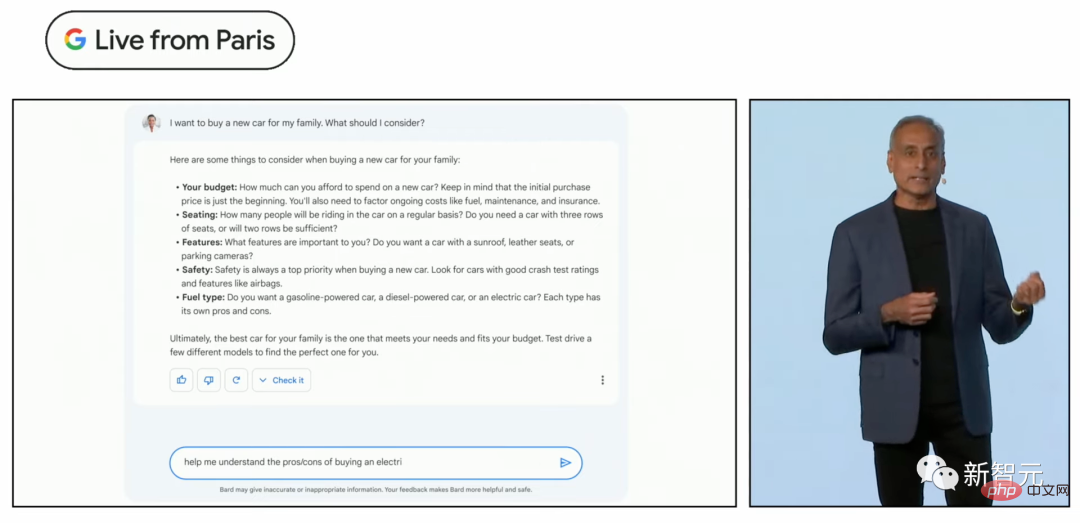
In recent weeks, Google has been working to expand the size of the model behind Bard, to approximately double it.
At the same time, Dean is working with DeepMind (codenamed Gemini) to develop a new large-scale machine learning model, hoping to help Google catch up with ChatGPT.
However, people familiar with the matter said that in fact, many new software being developed cannot be ready in time for the I/O conference on May 10.
Although, many people believe that Pichai’s former product manager background is a strong blessing for the issue of how to transform Google’s existing AI research into products.
After all, Chrome, which successfully counterattacked and eventually crushed IE, was created by Pichai.
In this regard, Keval Desai, who has worked with him, said that looking at all the executives at Google, it is not an accident that Pichai became the CEO.
The above is the detailed content of Earthquake in Google's top brass! DeepMind refuses to share code with Google Brain, former employees reveal insider information. For more information, please follow other related articles on the PHP Chinese website!
Related articles
See more- Technology trends to watch in 2023
- How Artificial Intelligence is Bringing New Everyday Work to Data Center Teams
- Can artificial intelligence or automation solve the problem of low energy efficiency in buildings?
- OpenAI co-founder interviewed by Huang Renxun: GPT-4's reasoning capabilities have not yet reached expectations
- Microsoft's Bing surpasses Google in search traffic thanks to OpenAI technology

